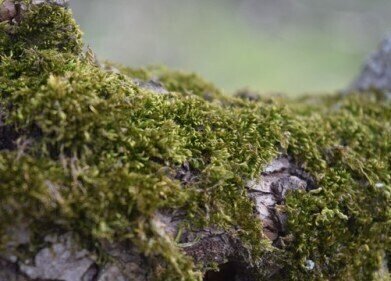Electrophoretic separations
Advantages and Disadvantages of Capillary Electrophoresis
Nov 03 2014
Capillary electrophoresis (CE) is a widely used technique in biosciences. Some of the main uses of CE include:
- DNA fingerprinting - After the DNA has been amplified, it can be separated by CE. Separation can be at a resolution of one base pair and individual nucleotides can be identified so allowing a high resolution map of the DNA to be created.
- Drug Analysis - CE is used in pharma for the analysis of drugs and related compounds as discussed in Capillary Electrophoresis: an Attractive Technique for Chiral Separations. Its high selectivity means that it provides a good resolution to separations. When separating certain compounds, amines for example, CE can use a non-reactive capillary surface at a pH chosen by the technician to provide good separation.
- Characterization of Proteins - Because of the way CE operates, it can be set up to separate amphoteric molecules such as proteins, thus allowing protein identification. Amphoterics are molecules that can be either acid or basic, and this can be changed by altering the pH of the solution used in CE. Molecules can then be separated by allowing them to migrate to their isoelectric points (where a molecule has no net charge), before mobilizing all the molecules past the detector.
Let’s take a closer look to find out what makes CE a favourable technique — and what might be a downside:
Resolution benefits
The narrow tubes used in capillary electrophoresis help to give the technique good resolution. When a sample is introduced in a tube and an electric field applied — the components move at different rates leading to separation. The advantages of using capillary tubes are that lateral diffusion effects are reduced and temperature differences across the tube are reduced. The properties of the tube, and other properties set by the technician, lead to what is known as plug flow where the velocity of the fluid is considered constant across the tube’s cross-section, perpendicular to the flow. Under plug flow, axial diffusion is the only factor leading to dispersion, so the separation efficiency using CE is very high.
Using narrow capillaries also helps to reduce band-broadening seen in the peaks generated in other techniques such as high performance liquid chromatography (HPLC). In CE the velocity of the liquid as it travels along the tube is uniform across the tube. In the wider tubes and using pumped flow in other techniques, the velocity is not uniform across the tube. This is known as laminar flow, the velocity is slower at the interface between tube wall and liquid, giving a velocity profile with a bulge at the centre of the tube. This leads to band-broadening and the wider peaks seen in HPLC for example.
Maintaining a balance
Small pH affects a molecules charge and flow in CE, thus small variations in pH have a greater impact in CE than in HPLC. Compared with HPLC, the control of the pH is critical in CE, and there are many factors, including temperature, that affect pH.
Image Source: QIAxcel assembly via QIAGEN
Events
May 11 2025 Vienna, Austria
May 18 2025 Tempe. AZ, USA
May 21 2025 Birmingham, UK
Jun 01 2025 Baltimore, MD, USA
Jun 15 2025 Bruges, Belgium














